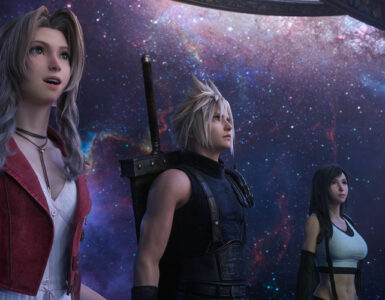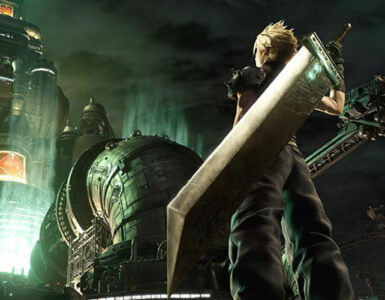The long and painful wait for Final Fantasy VII Remake is nearly over. The current-gen iteration of one of the most iconic and influential video games of the modern era will soon land on our PS4s this April (remember to set aside AT LEAST 100GB!!!), and we can’t be more hyped for it, despite the last-minute decision by Square Enix to delay the release date by a month.
The last time Geek Culture brushed shoulders with FFVII Remake, it was at E3 2019 for just a measly 15 minutes. This time, we managed to spend a whopping 3 hours, across multiple chapters in the game’s first episode. While we can’t share everything that we saw (about the modern upgrade and updates, not about the iconic game itself), we can certainly tell you one very important thing – this isn’t the FFVII you grew to know and love.
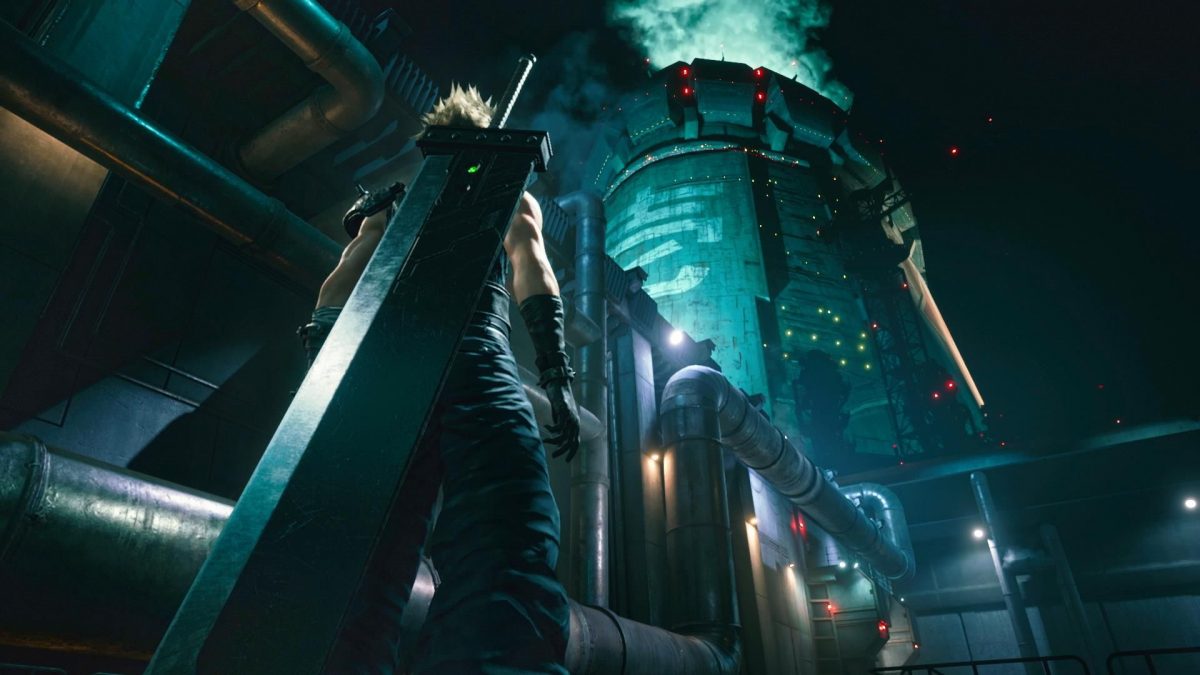
To put it simply, it’s a curious amalgamation of classic and modern Final Fantasy elements and for better or worse, it’s here to stay.
The Big Picture
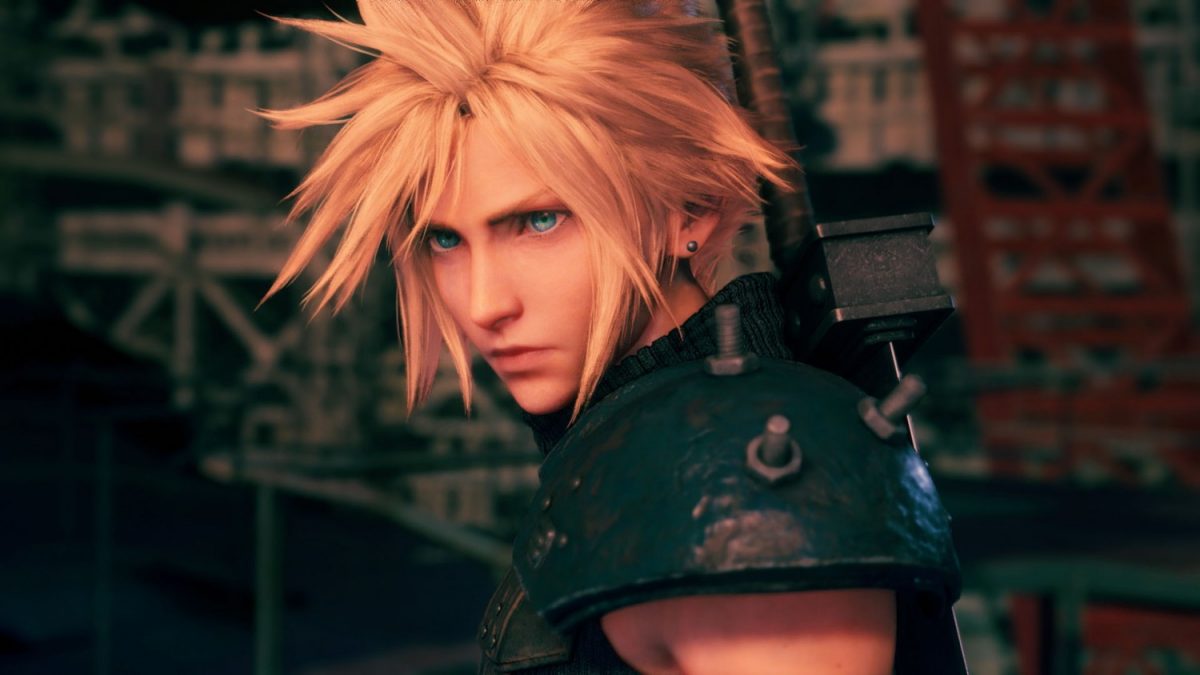
We managed to go through the opening segment of FFVII Remake, as is custom for anyone experiencing one of the most iconic intros of all time (as if rewatching the trailers for the umpteenth time wasn’t enough). After (re)introducing Cloud Strife, Barret Wallace and the ragtag members of the resistance squad AVALANCHE in style, our quest to destroy Mako Reactor 1 proceeds.
While the overarching narrative for Final Fantasy VII Remake has remained intact, Square Enix took liberties to change up a few details here and there. No doubt the ability to animate and render entire CGI cutscenes has given the team more license to flesh out a lot of scenes. Square Enix wasn’t kidding when it said that literally everything in the first act of the original has been expanded, to fit the size and scale of that of a regular full-sized 30-to-40-hour game.

As many remember how the first act of FFVII went, it had Cloud and his group running around the dystopian multilayered metropolis of Midgar, in their attempt to dismantle the villainous corporate called the Shinra Electric Power Company, by destroying its various resource-draining mako reactors across the city. Many also remember that the original act was clearable within the first 5 to 8 hours of regular play, before the game moved players on to the rest of the massive world. This remake now expands upon all the small moments by a significant amount, to hopefully flesh out the world and its characters a lot more.
From our 3 hours into the game, it’s more apparent that this is a retelling of a classic tale. Think of the original as a Cliff Notes version of this expanded tale. The main cast has a lot more prominence than ever, with all their maiden scenes taking the time to introduce them properly. It’s almost a glamorous celebration of each of the main characters, and for good reason – having the voices add a ton more depth than the original never did deliver, though some might argue that it takes away the agency of being able to imagine your own voices for them.
Even side characters such as Biggs, Wedge and Jessie have a lot more screen time now, and their distinct personalities, when bunched up with the likes of Cloud, Tifa and Barret, make for much more wholesome scenes overall. From the cock-sure Biggs, to the twitchy, nervous Wedge, and to the exceedingly flirtatious Jessie, every little detail adds so much more depth to the world. Given how vocal fans can get, it remains to be seen if the overall look and feel of the classic has been realised, but from our impressions, it feels pretty good so far.
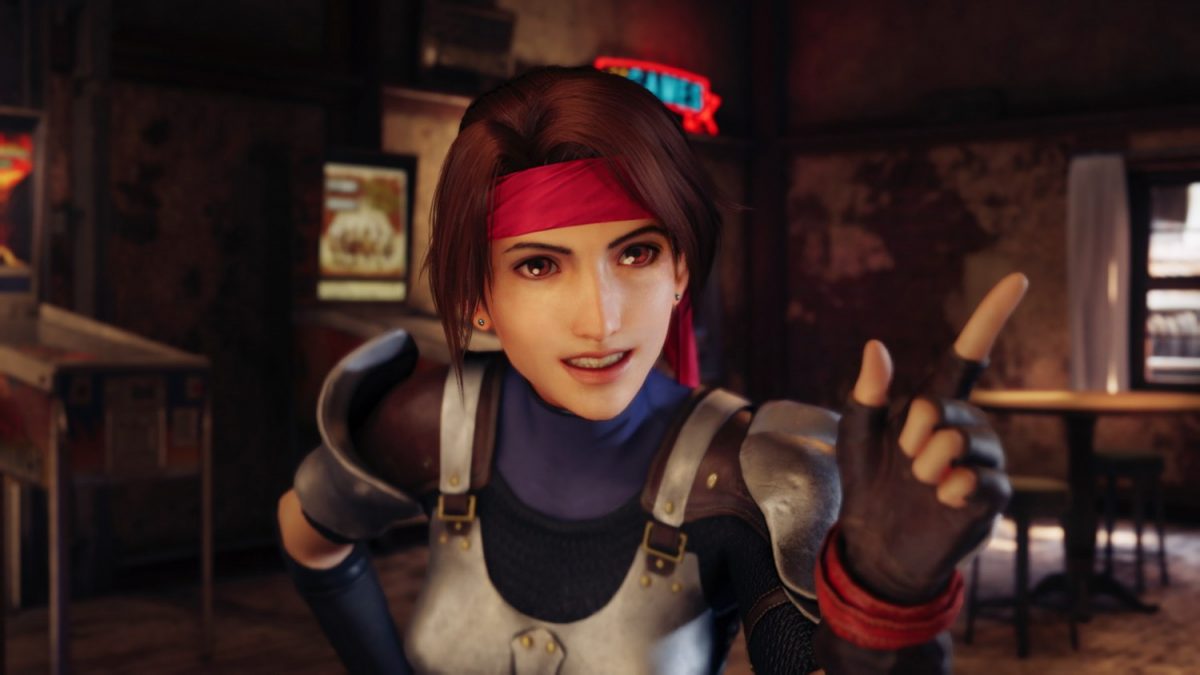
The expansion of the Midgar act also means that all the scenes have been retold in a more detailed manner and we now see a lot more of the characters in their personal arcs, with brand-new scenes to flesh out their backstories. Since Cloud is the main character, we get to peer deeper into his psyche a lot more, as a former SOLDIER, and as a person. While we won’t get into the nitty gritty of it, these extra scenes gives audiences a little more insight into their personalities and motives, which does make them more compelling to watch. To new players, Cloud will no longer be instantly labelled as a standoffish edgelord, as they get to see a little more of why he is who he is via flashbacks, and so on.
Now, while this might be interesting to some, the treatment of certain scenes, especially for those who have already played through the original game, might feel a little too heavy-handed, and leave very little for anticipation. A lot of good storytelling hinges on just the right amount of setting up, but at times Square Enix may have gone overboard with the foreshadowing. The decision to split Episodes up into Chapters might also give the impression that some Chapters might be shorter than others, which was what the likes of Final Fantasy XV and Final Fantasy XIII have suffered from. With that in mind, one might wonder how well these extended sections will hold up in the long run, seeing as there is a ton of material to cover from the opening seconds until the final episode, which will only be released in a few years’ time.
Eye Candy

Now that brings us to visuals. This game is stunning. Period. Not a single dime was wasted on the animation department for FFVII Remake. From Barret’s many (many) verbal tussles with Cloud, to Cloud meeting Aerith for the first time, these remade and reimagined scenes clearly are Square Enix’s most beautiful and best-animated to date, no doubt.
But it doesn’t just stop there; Midgar is also given new life as a city. Since Episode 1 of FFVII Remake takes place in Midgar, Square Enix has also taken the time to present the city as its own character. Where the limited tech of first-generation PlayStation hardware left much to the imagination of players who first stepped into the gritty, industrial metropolis, the PlayStation 4 update adds so much more ambience and atmosphere to the various locations. The technopunk aspect of Midgar is certainly felt, with the upper side of the Plate looking extravagant and luxurious, while those wallowing in the lower Sectors are dirty and ragged. Public locales are now populated with local denizens, each of whom have their own say in matters. It does make the scenes feel much more alive when one runs through them.
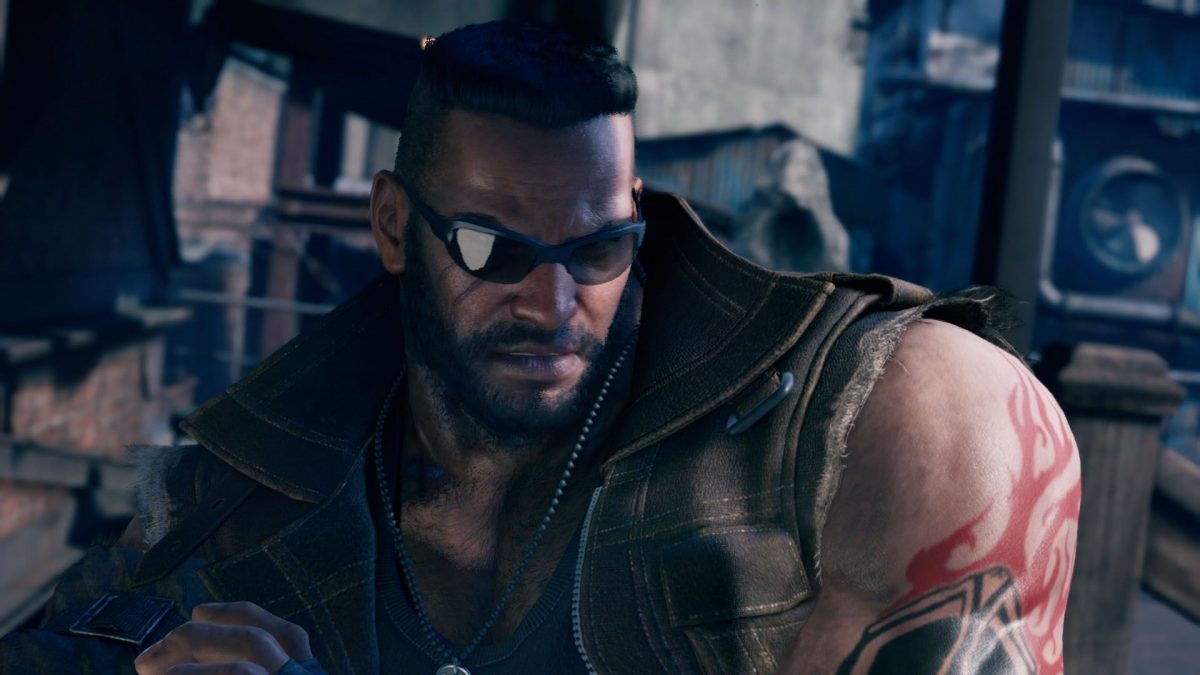
They’re visually-stunning and, though the voice acting may not necessarily be the best there is, watching current-gen technology breathing new life to your favourite characters from 1997 is absolutely breathtaking. Every pore, every strand of hair, and even every subtle twitch of facial muscles can be seen and appreciated (especially in 4K). It is clear that a lot of love, care and effort has been poured into animating the various characters, and these scenes are certainly a spectacle.
Even in the chaos of combat, one can’t help but just gape in awe at just how well-realised every character and monster model there is. Attacks, whether physical or magic, feel impactful, with all manner of special effects flying off to bombard the screen with colours, but not too much to distract the player.

Bosses are especially menacing, successfully even more so than their 1997 counterparts. The mechanical bosses such as the Scorpion Sentinel and Air Buster all sport very bulky, angular builds that sprout various weapons that strike fear in the hearts of first-time players. Organic ones such as the Abzu (which many might remember as Aps from the original game) are magnificently grotesque, making them even more compelling to take down as a result. Every minute of playing FFVII Remake is a visual spectacle, and for good reason.
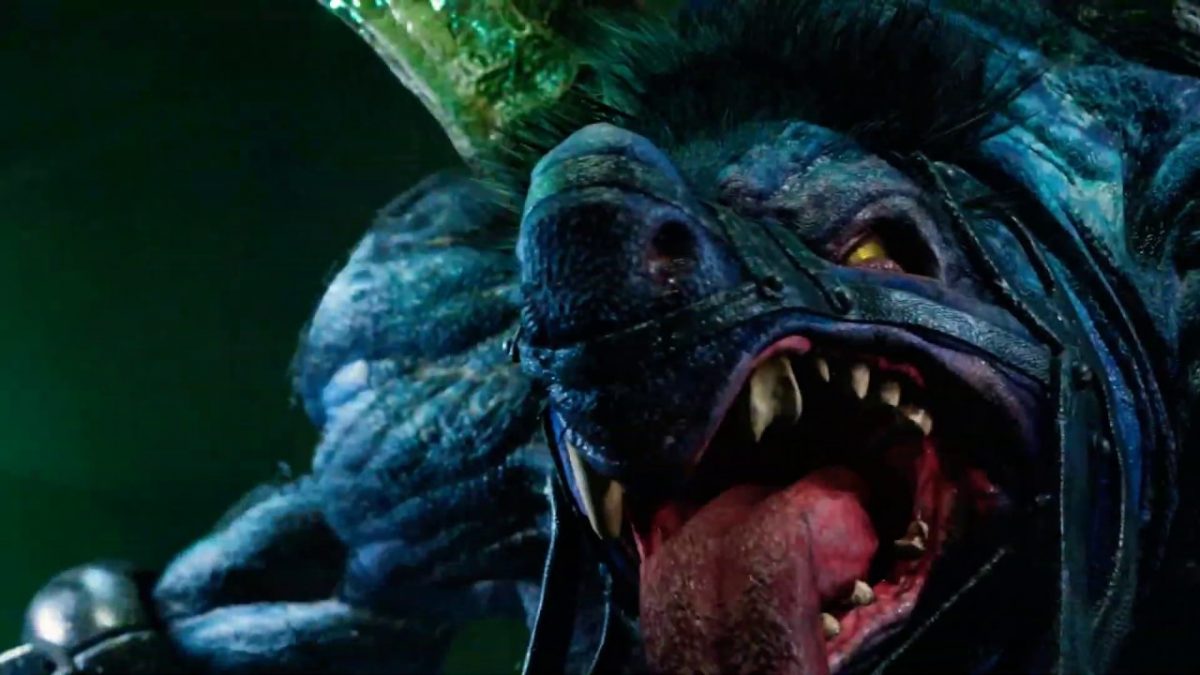
However, it goes without saying that Square Enix does like its cutscenes… perhaps a little too much. Nearly every five minutes in the main story segments ends up in a mini-cutscene, which can bog gameplay down quite a hefty bit. Although there is an option to skip them, it does feel as if the dev team wanted to flaunt its technical achievements with the game at every opportunity it got, at times to the detriment of players. And when players are still taking time to get used to the gameplay mechanics, the last thing one needs is for their experience to be hampered by five cutscenes at nearly every juncture.
Bringing Out The Big Guns
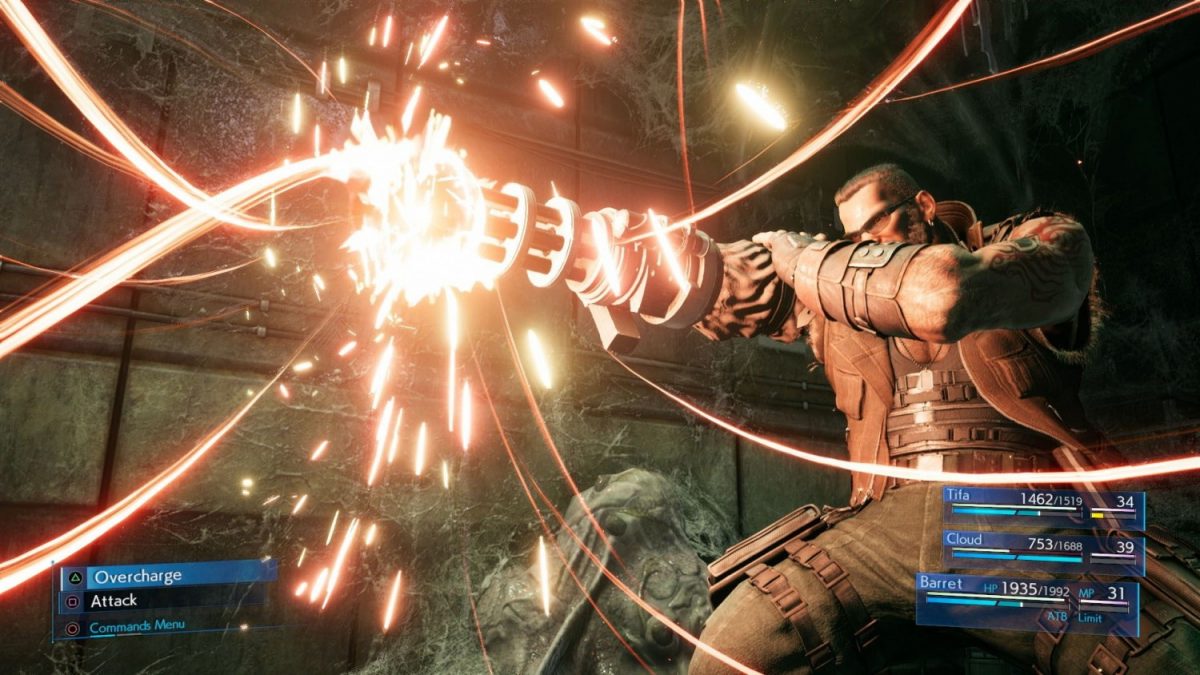
But when we do get into the gameplay, it’s quite the exhilarating affair, especially for those that prefer an action-oriented style of gameplay, or just want to experience a more active approach at playing as the main characters. In keeping with the spirit of action-oriented party-based RPGs, combat puts players in the shoes of one character in their full control, with two other party members acting on their own AI, with the ability to swap between characters as needed and manually control the abilities of the other two.
Basic attacks fill up the ATB (Active Time Battle) Gauge in order to perform abilities, cast spells and so on. Inputs feel fluid and not at all clunky with each button press, with simple taps on the Square button leading to quicker light attacks, and held presses leading to more charged, deliberate attacks that hit more enemies. Successive attacks on enemies eventually lead them to being “Pressured”, which increases damage dealt to them, and eventually “Staggered”, which renders them incapacitated for a time, allowing for even more damage to be dead.
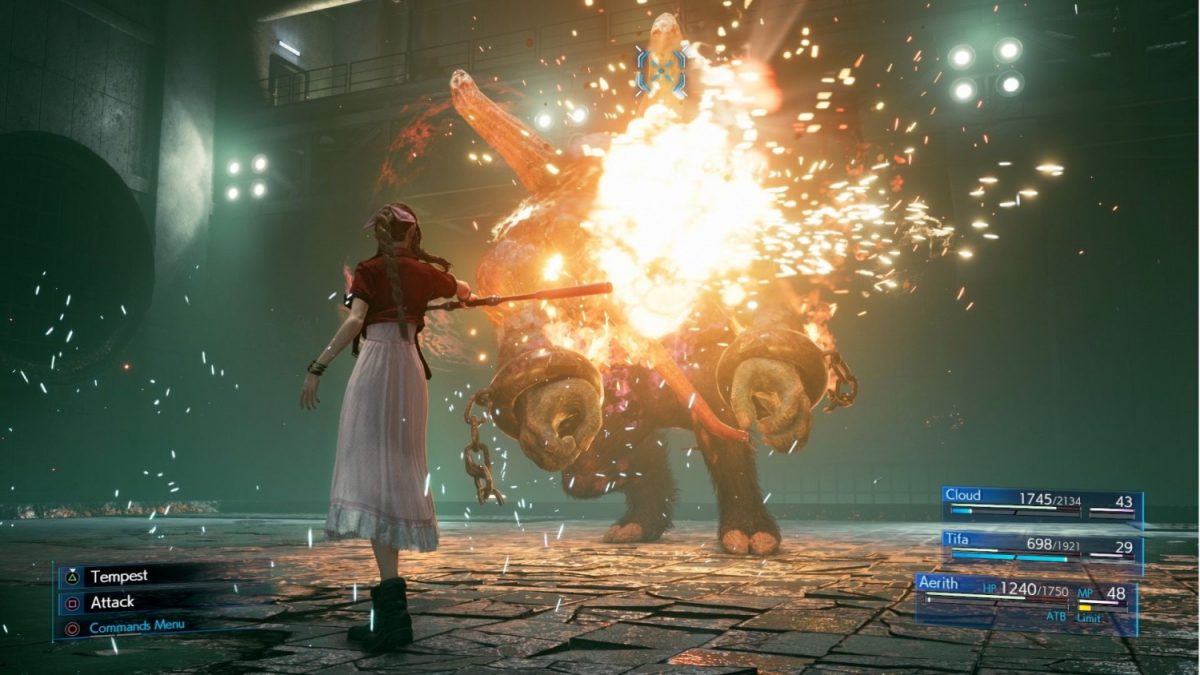
Stronger enemies and Bosses might take some time to become Pressured and Staggered, but when they do, it’s usually the best time to unleash special abilities such as Limit and Summon (more on those later). Players have to actively dodge enemy attacks, instead of just relying on a dodge percentage, which will instantly feel second nature to those who come from a Monster Hunter or Sekiro background.
Each character feels distinct from one another, which is hugely important considering the relatively large cast list for FFVII Remake. Where Cloud’s Buster Sword feels heavy and impactful, Barret’s Gun-Arm allows him to lay on the hurt from a distance, which is handy especially when many encounters involve enemies that melee characters just can’t normally touch. They even have alternate attacking styles when pressing the Triangle button, the effects of which differ between each character. Their signature Limits also make a stunning return, feeling powerful and impactful when successfully pulled off after filling up the ATB Gauge fully. Iconic moves such as Cloud’s simple-but-powerful Cross-Slash or Tifa’s random but hugely-rewarding Slot system are all animated gorgeously, with all attention pulled to them performing said Limits to a satisfying T.

Summons are also glorified quite nicely in FFVII Remake, though not as needlessly over-the-top as in Final Fantasy XV. Doing so fully consumes the summoning character’s ATB gauge, and brings forth the classic Summons many have grown to know and love in current-gen fashion. From the fiery, energetic Ifrit to the chillingly seductive Shiva, they all are given as equal love to the main characters, and also feel impactful when they come into the fray, constantly dealing damage to enemies so long as they are present. In the limited time they are in battle, players can further consume ATB Gauges to get them to perform their various abilities, while at the expense of less time on the battlefield. When their time is up, they leave with a huge (and satisfying) bang, with their signature moves eating up the screen time to glorious effect. It’s always satisfying to see, and the fact that Summons come on so infrequently in battles adds to the awe and wonder of finally using them.
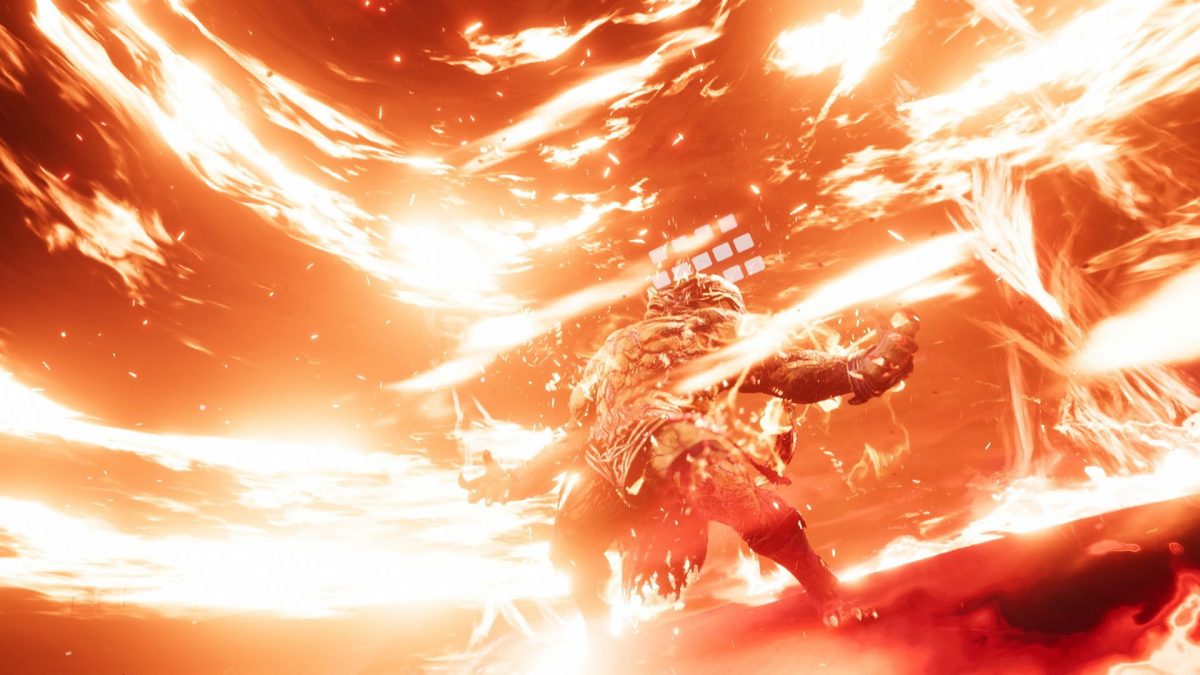
And while the ability to swap between characters and use their various abilities is nifty, it might take some time to get used to the revamped ATB Gauge filling up so abilities, spells and items can be used again, as players need to attack enemies successfully in order to do so. From our experience, this often led to the obvious pitfall of being a more risky affair, especially when down to just one character at low health. In the very rare above scenario we found ourselves in, it usually ended up in a Game Over screen as we spent most of the time frantically running around avoiding enemy attacks in order to be able to land one ourselves and reactivate the Items section to pop a Phoenix Down on party members (do take note we played on “Normal” difficulty, which by itself is already a relatively challenging affair). In such a case, it can be quite frustrating as it often can end up in long-winded slogs of attrition that can
While it’s already widely known that gameplay will be more akin to that of recent titles such as Final Fantasy XV and XIII, many turn-based veterans returning to the game will be glad to know that the “Classic” mode option that Square Enix has added provides an almost familiar aspect of gameplay. In this mode, players need not worry about button mashing and just have to focus on the menu management side of things. It’s a great way to enjoy the classic turn-based aspect of the Final Fantasies of old, while appreciating modern-day visuals. That said, players still need to manually handle positioning, especially for melee characters, who will not appreciate being blocked all the time by shield-bearing enemies, or dodge oncoming boss attacks. Also, it is great that the option to easily swap between Classic and “Regular” modes is there, in case anyone was worrying about starting multiple playthroughs just to get the best out of both modes.
Modern Yet Classic
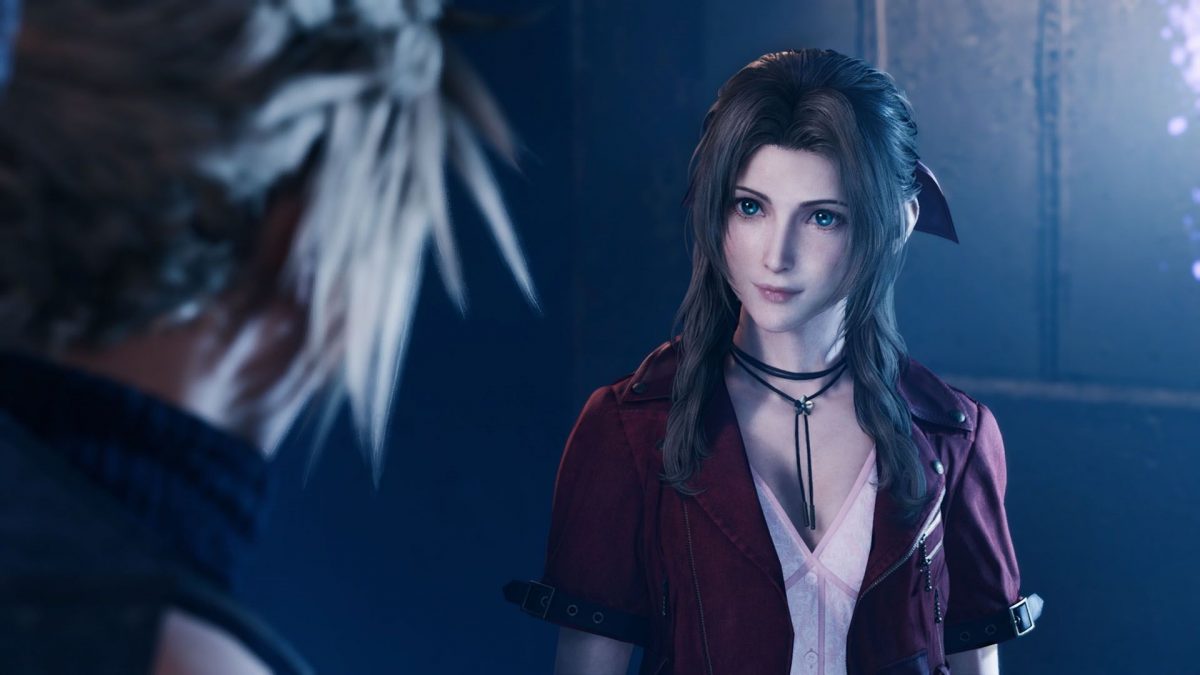
Despite FFVII Remake’s action-oriented gameplay, there’s still a lot of its RPG DNA still intact. Core FFVII elements such as Materia and a multitude of swappable equipment with various stats and abilities still remain, and though we won’t go into detail about how this all works together.
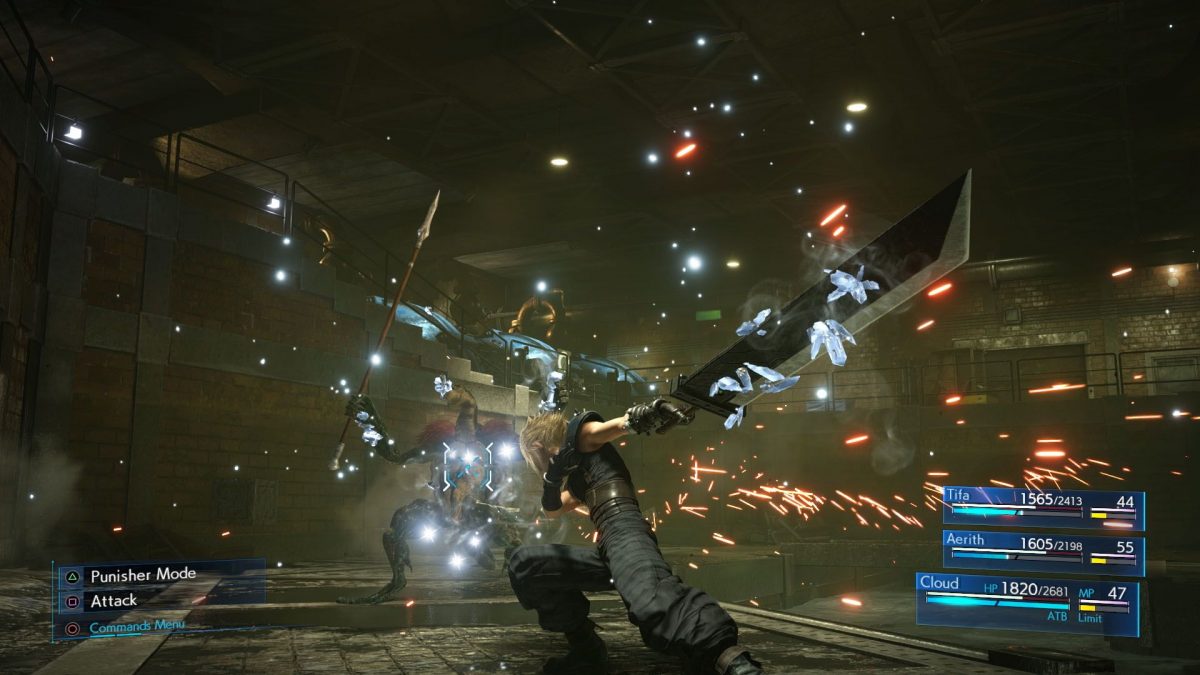
Let’s just say that when all of the mechanics (sans combat) are put together, this will feel satisfyingly familiar, and will still feel like classic FFVII at its core. It’s nice that, while there are a lot of little changes to the story and combat system, Square Enix decided to keep its JRPG roots intact, as its stats-focused approach complements both the active and Classic styles of gameplay.
When all is said and done, our impressions of Final Fantasy VII Remake hold up pretty well, despite the game’s occasional overhanded treatment of its characters and cutscenes. We’ve only spent a mere 3 hours in what could easily feel like a 30-hour romp through the Midgar section. And of course, while Square Enix has constantly been advertising Episode 1 to be only in Midgar, one can certainly hope that there could be more in store waiting for us.
Only one way to find out when Final Fantasy VII Remake launches on 10 April 2020. The free demo is available now.
Marion has a serious RPG addiction. Sometimes it bleeds into real life; he forgets to sleep because he thinks he has a Witcher’s body clock. Forgive him in advance if he suddenly blurts out terms such as “Mind Flayer” and “Magic Missile”, because never once does he stop thinking about his next Dungeons & Dragons game.



